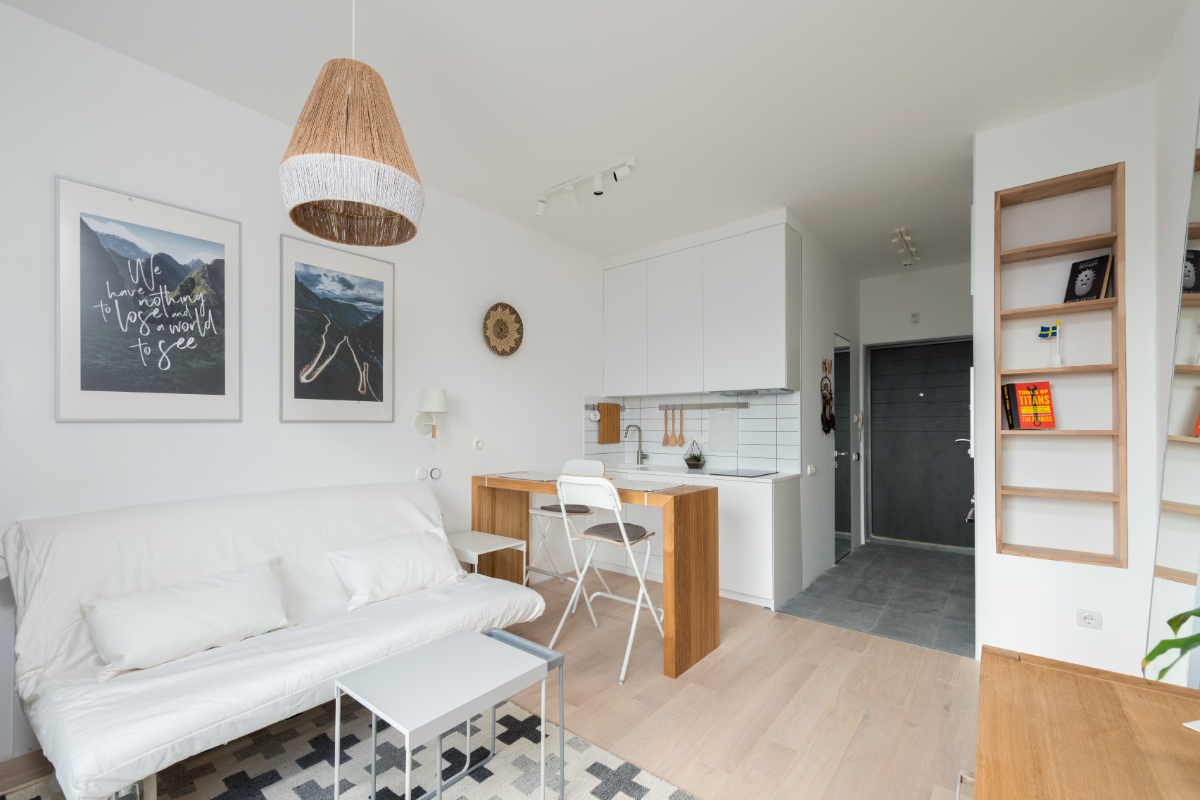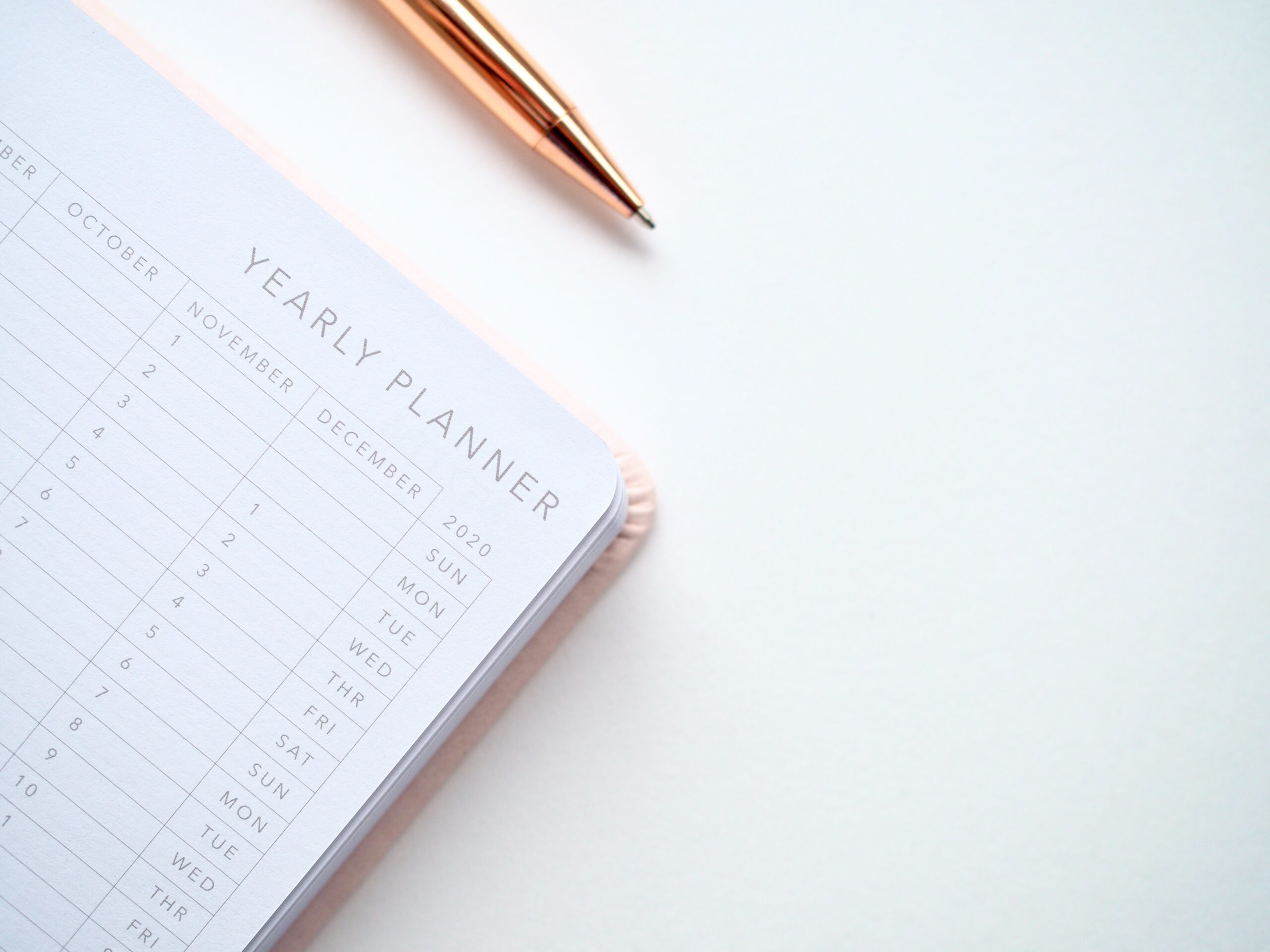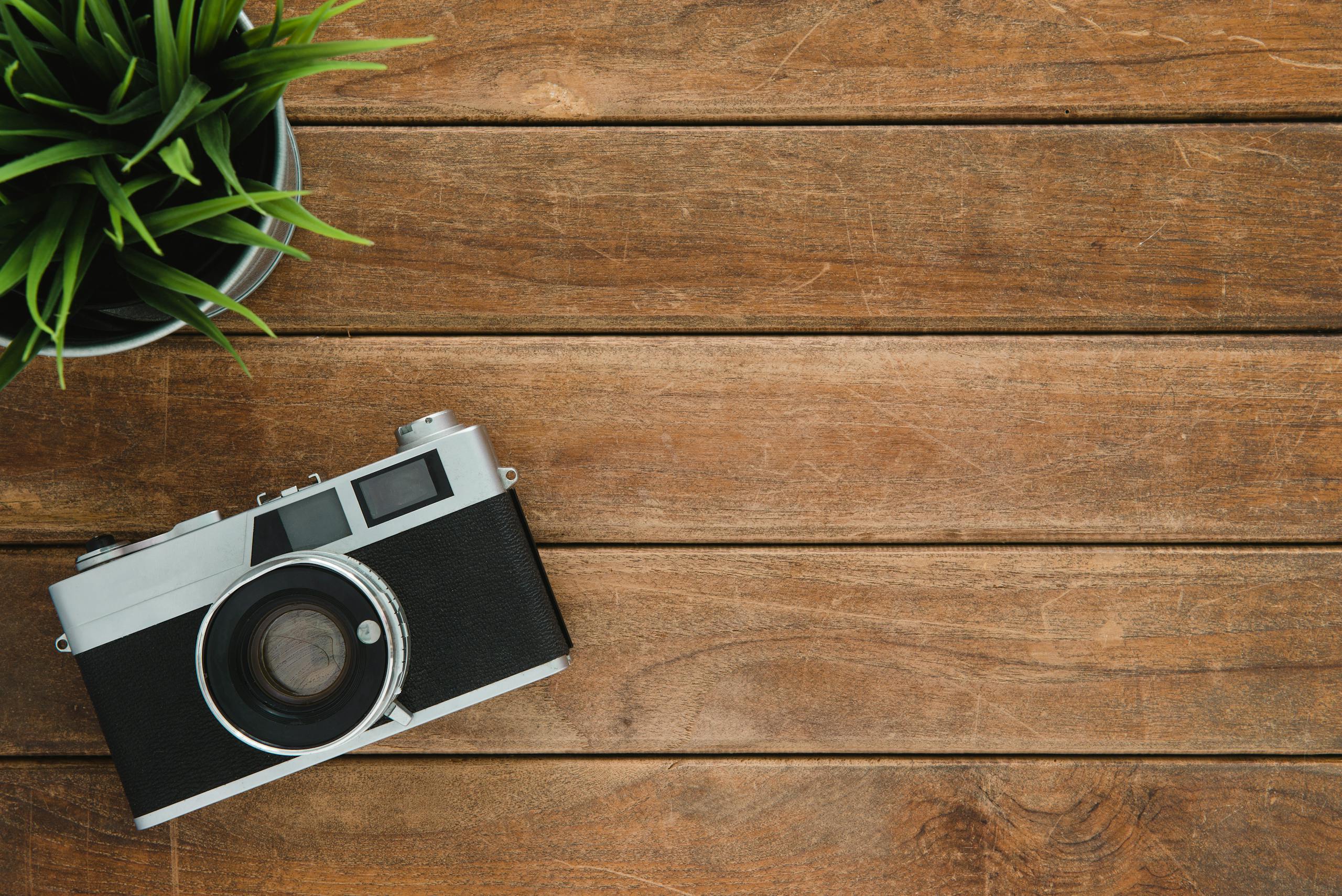10 Tips to Embrace a Minimalist Lifestyle Today
There are some affiliate links below, but they are all products I highly recommend. For more info, view my disclosure here.
Are you feeling bogged down with too much ‘stuff’? Do you want to simplify your life, but don’t know how to start? Adopting a minimalist lifestyle is the perfect way to declutter your life, without having to sacrifice all the things that make life worth living. In this article, we will provide three simple tips on how you can start living a minimalist lifestyle today!
Minimalism is about getting rid of excess and focusing on what really matters. It’s about living with less stuff, so that you can focus more on experiences and relationships. As a result, minimalism leads to a more intentional and meaningful life. So if you’re looking for an easier way to live, then consider adopting a minimalist lifestyle.
If you’re ready to take the plunge into minimalism, then read on! In this article we will provide ten essential tips on how you can adopt a minimalist lifestyle today. We will discuss how to get rid of physical clutter, digital clutter and emotional clutter in order to achieve true minimalism. So buckle up – it’s time to simplify your life!
1. Declutter Your Home
Getting started with a minimalist lifestyle starts with decluttering your home. To begin, you must go through each room and determine what items are essential to keep and which can be let go of. It’s important to remember that decluttering isn’t about getting rid of everything you own – it’s about carefully curating the items that bring you joy and are necessary for everyday life.
Once you’ve gone through all the rooms in your house, it’s time to organize the remaining items. A great way to do this is by investing in storage containers or baskets so that everything has its own designated place. Doing this will make it easier for you to find things when needed, as well as create a sense of calm in your home. You’ll also be able to see exactly what you have and won’t end up purchasing duplicates or unnecessary items.
Adopting a minimalist lifestyle doesn’t have to be overwhelming; it just takes some planning and effort on your part. Taking small steps such as decluttering and organizing can help get you started towards living a simpler life.
2. Identify Your Core Values
Adopting a minimalist lifestyle doesn’t have to be a daunting task. Once you’ve decluttered your home, the next step is to identify your core values. What’s important to you in life? Do you value experiences or material objects? Knowing what matters most to you will help you determine where to focus your energy and resources.
Take some time for introspection and consider what makes you happy. Maybe it’s spending time with family, traveling, or reading books. Maybe it’s playing sports or taking up a hobby like painting. Identifying what brings joy and fulfillment into your life can help guide your decisions when it comes to living minimally.
Eliminating distractions and clutter will give you more time and space to focus on the values that truly matter to you. This doesn’t mean giving up everything that brings pleasure; it just means being mindful of what’s important in life and making intentional decisions about how best to spend your time, energy, and money.
3. Cut Back On Shopping
The third step to adopting a minimalist lifestyle is to cut back on shopping. Shopping can be one of the quickest and easiest ways to add clutter and unwanted items into our lives. Being mindful about what we buy is essential in order to reach a minimalistic lifestyle. We should take the time to ask ourselves if what we’re buying is something we really need or simply want, as this can make all the difference.
When we find ourselves wanting to purchase something, it can be helpful to wait 24 hours before actually doing so. This allows us enough time for reflection and contemplation; if after that period of time we still feel like it’s something worth buying, then go ahead with the purchase. We should also become familiar with the concept of repair instead of replace; when our goods break down, repairing them can save us money and keep unnecessary items out of our home.
Lastly, living minimally means being conscious of our consumption habits – both physical and digital. We should strive to make thoughtful decisions while being aware of the environmental impact they have on our planet. By actively seeking out more sustainable options, such as second-hand stores or online marketplaces, we can reduce our consumption while still getting what we need.
Let’s be mindful when it comes to shopping and try to limit ourselves from bringing new objects into our lives unless it serves a genuine purpose for us!
4. Make Time For Self-Reflection
When it comes to living a minimalist lifestyle, self-reflection can be an essential part of the journey. Taking time to think about your life and consider what makes you happy is key for determining what you need and don’t need in your life. It’s important to set aside moments for yourself where you can take a step back and reflect on the things that are important to your values and goals.
This kind of self-awareness can help you make decisions on what habits or activities bring joy into your life and which ones don’t. Through this process, it’s easier to identify areas where minimalism could be beneficial, like reducing possessions or decluttering your home. Additionally, it gives you a better understanding of how much time certain activities require from you in order to maintain them or how often they should occur in order to bring satisfaction.
Self-reflection is also helpful when it comes to creating boundaries for yourself with regards to spending money, as well as setting limits for different aspects of your life such as social media usage or commitments like work or volunteering. By making time for this practice regularly, it’ll become easier to recognize when something isn’t essential in your life and adjust accordingly.
5. Stick To A Budget
Sticking to a budget is an essential part of embracing a minimalist lifestyle. Not only can it help keep track of where your money is going, but it can also encourage you to make more mindful decisions when it comes to spending. Setting a budget for yourself and sticking to it can be challenging, but there are plenty of tips and tricks that can make the process simpler.
One tip for budgeting is to create a list of must-have items before heading out shopping. This not only helps you stay focused on what you need, but also allows you to divide up your spending into categories such as groceries, bills, etc. Additionally, take some time to research better deals and discounts on the items you want to buy. This will save you money in the long run while still allowing you to get the items that you need or want.
Finally, try your best to limit impulse purchases by telling yourself “no” or waiting at least 24 hours before making any major purchase decisions. You may find that after some time passes, there are other options available that are better suited for your needs and budget. All in all, sticking to a budget doesn’t have to be difficult if you use the right strategies and stay disciplined with your spending habits.
6. Simplify Your Daily Routine
Simplifying your daily routine is an essential part of transitioning to a minimalist lifestyle. It’s easy to get caught up in the busyness of life, with endless tasks and obligations. But by minimizing the time we spend on unnecessary activities, we can make more room for the things that really matter.
Start by taking stock of your daily habits. Are there any activities that could be cut out altogether? Are there any ways you can streamline existing tasks? Could you set aside some time each day for self-care?
Making small changes over time will help to develop healthy habits that simplify your life and bring you closer to minimalism. You don’t have to do everything at once – just start by making one change today and see where it takes you. Who knows, it might even lead to a more purposeful and meaningful lifestyle!
7. Let Go Of Perfectionism
Perfectionism can be a major hindrance to achieving a minimalist lifestyle. It’s easy to get caught in the trap of striving for perfection in everything we do and the more we strive, the further away from minimalism we get. It’s important to take a step back and remember that perfection is unattainable. Letting go of this need for perfection will free us up to focus on what really matters and create more space for activities or items that bring us joy.
The first step towards letting go of perfectionism is to recognize when it’s affecting you. Notice your internal dialogue and pay attention to any thoughts or feelings of pressure, guilt or shame that come up when you don’t complete something perfectly. Once you’ve identified these patterns, challenge them by questioning their accuracy and validity. For example, if you’re feeling guilty about not finishing all your tasks perfectly, remind yourself that good enough is just fine and doesn’t have to mean bad or wrong.
It can also help to focus on progress instead of perfection by celebrating small wins along the way. Acknowledge your accomplishments no matter how small they may seem, as this can help build confidence over time and make it easier to let go of unrealistic expectations around being perfect all the time. Each day is an opportunity for growth, so enjoy the journey rather than focusing solely on results!
8. Re-Evaluate Your Social Media Habits
Social media can be a huge time sink, and it’s something that many of us could benefit from re-evaluating. We need to ask ourselves if the time we’re spending browsing feeds is worth it. Do we enjoy it? Is it helping us in any way? How much of our day is being taken up by mindless scrolling?
We may find that reducing our social media intake is beneficial. Studies have shown that too much time spent on social media can lead to lower self-esteem and dissatisfaction with life. Limiting our use to just a few hours per week or even taking a break altogether can help us make more mindful decisions about how we spend our time, allowing us to focus on the things that are truly important to us.
Minimalism requires us to take a step back and reflect on what matters most. Reassessing our social media habits can help us do this and also enable us to reclaim more of our precious free time. By being mindful of how we use this technology, we can better prioritize our lives and create more space for meaningful activities like spending quality time with family and friends or pursuing hobbies we love.
9. Prioritize Experiences Over Possessions
The idea of prioritizing experiences over possessions is a cornerstone of the minimalist lifestyle. Instead of buying things to bring joy, or trying to fill an emotional void, focus on having experiences that will last. This could be anything from reading a book, exploring nature, or taking a class. Experiences can form memories that you’ll carry with you forever – far more than any item you could buy in a store.
However, it’s important to note that this doesn’t mean you have to completely cut out shopping from your life! Instead, strive for mindful consumption – where you think deeply about the items you purchase and make sure it adds value to your life in one way or another. Before making a purchase, ask yourself if this item is something that would bring lasting joy and meaning into your life. If the answer is no, it might be better to leave it on the shelf.
In addition to this, try using creative solutions instead of buying more stuff – like borrowing from friends or renting items instead of buying them outright. This can help save money while still allowing you to experience what you need or want. By adopting these strategies and practices today, you can start living a simpler and more meaningful life right away!
10. Find Your Minimalism Motivation
As you look to adopt a minimalist lifestyle, finding your motivation is essential. Motivation is what will help you stick with the process and see it through. It’s easy to get started, but much harder to stay consistent. Having something that drives you forward can make all the difference.
When discovering your motivation, start by looking at why minimalism appeals to you in the first place. What are the benefits of removing material possessions from your life? Maybe it’s because it helps reduce stress or encourages more meaningful experiences with friends and family? Whatever it is, identify that reason and remind yourself of it every day.
Take some time each day to reflect on how far you’ve come since starting your minimalist lifestyle journey. When things get tough (as they inevitably will) this will be a great reminder of why you began this path in the first place. A few minutes of reflection can often be enough to re-energize you for the rest of the day!
Living a minimalist lifestyle can be a challenge, but it’s also incredibly rewarding. By decluttering your home, identifying your core values, cutting back on shopping, and making time for self-reflection, you can start to make progress towards living a more minimalist life. Additionally, letting go of perfectionism, re-evaluating your social media habits, prioritizing experiences over possessions and finding your minimalism motivation are all important steps that can help you create the minimalist lifestyle you desire.
Ultimately, minimalism is about embracing a simpler way of life and learning how to live with less. It’s not about deprivation or missing out on life’s joys; rather it’s about gaining freedom from material possessions and discovering what brings you true happiness in life. Adopting a minimalist lifestyle today will help you find balance and clarity in your life so that you can focus on what really matters.






